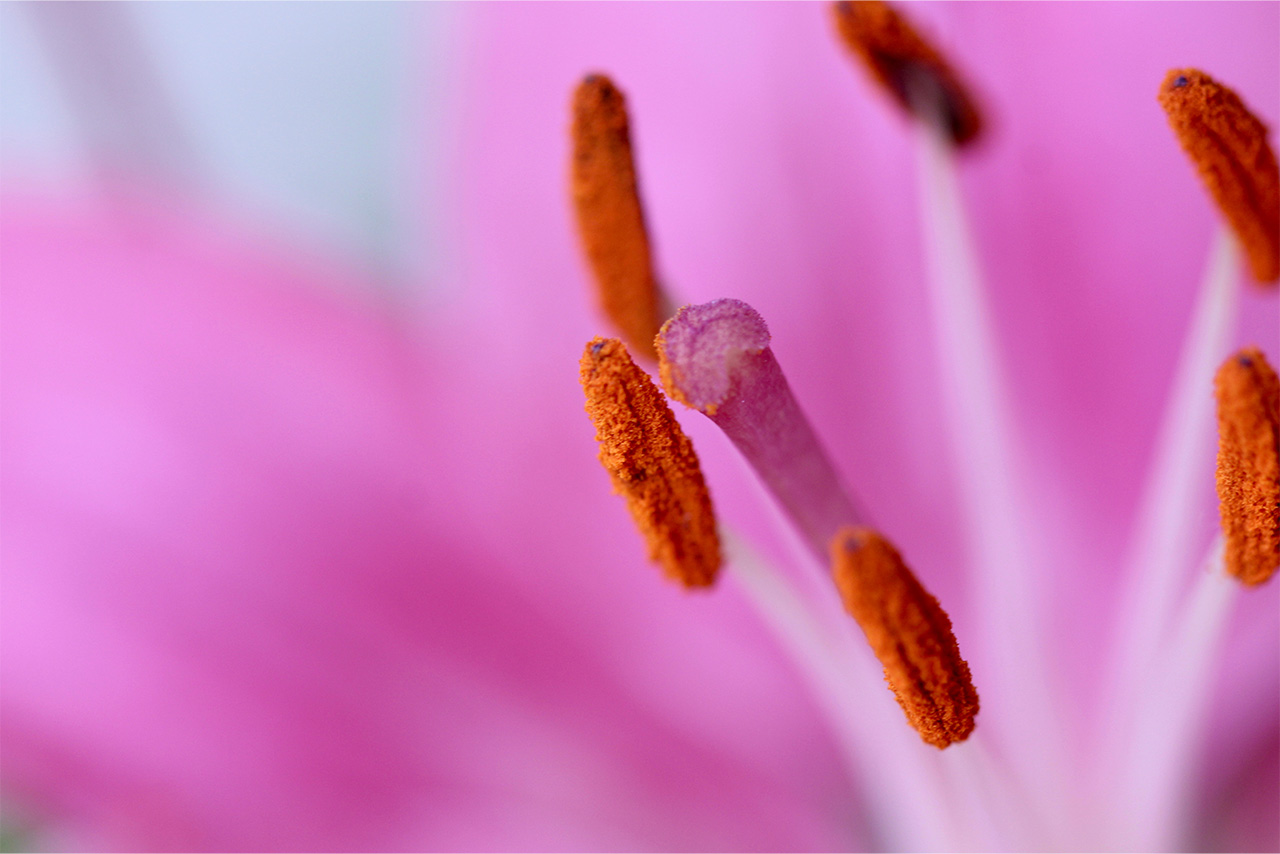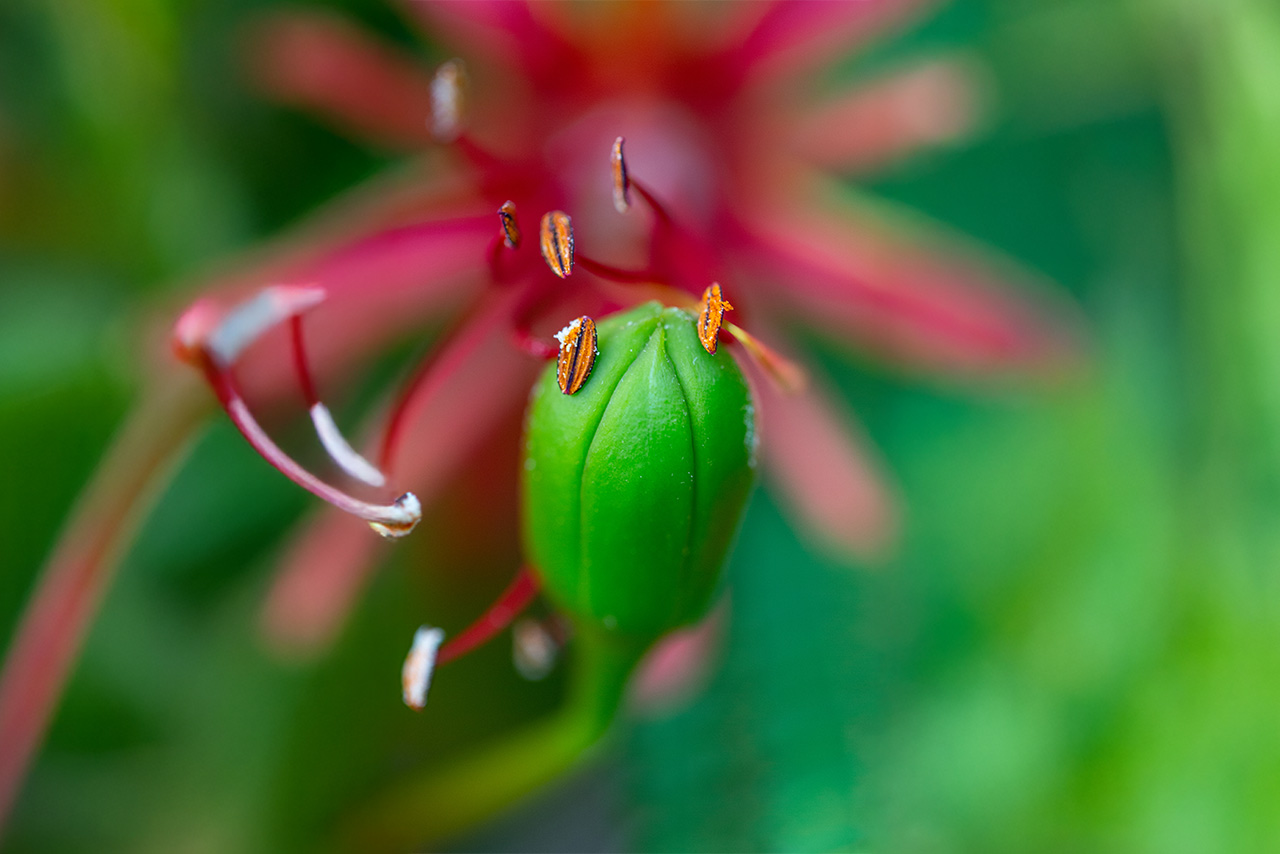Conservation of Habitats and Ecosystems
We are a force for conservation, securing protected lands, advocating for stronger policy, and contributing to global botanical science.
Conservation of Habitats and Ecosystems by the Numbers:
Some of our current projects in this area include:
Your 2026 donations to our Habitats and Ecosystems program area will support investments including:
- fencing and drone surveillance of existing protected lands to prevent illegal deforestation and poaching
- bringing scientists and naturalists from around the world to the area to document and study our local biodiversity
- installing additional wildlife camera traps to monitor population health of birds and animals
- necessary travel to attend policy consultations around the state of Jalisco
- legal fees for securing protected status for more of the lands we manage
With larger gifts, we are able to identify and purchase additional hectares of land and set them aside as protected natural areas – please contact us to discuss!
Link for tax-deductible donations in the USA. For other geographies or any questions related to our impact work and philanthropic opportunities, please contact our Head of Fundraising, Christopher Jacobs, by email at christopherj@vbgardens.org
Conservation in Action – Land Purchasing Project for the Los Horcones River Basin
The Vallarta Botanical Gardens is located in the Horcones River basin, which intersects two officially listed Key Biodiversity Areas (as per the World Database) as well as the Mexican Priority Terrestrial Region No. 63 of the Western Coast–Sierra bioregion. Recognizing our unique responsibility as the only environmentally dedicated non-profit in the area, VBG looks beyond our grounds toward protecting biodiversity in the wider region.
But economic pressures for clear cutting and development are strong, and the unique biodiversity of the region is at risk of being wiped out. By purchasing lots of still undeveloped land, we are able to conserve the natural habitats and ecosystems of thousands of endemic species, many rare and threatened.
In 2010, the Botanical Gardens was registered as a Wildlife Conservation Management Unit with the Mexican Ministry of Environment and Natural Resources. Since then, thanks to philanthropic support, we have been able to acquire and protect a full 120 hectares of forest land in the river basin, of which 32 of them have been certified as protected natural areas by the Government of the State of Jalisco (Certificate AEDVC-002-2023). We are working now to secure legal status for the remaining hectares.
YOUR SUPPORT MAKES IT POSSIBLE
Along with donations to purchase the land itself, your philanthropic support allows us to invest thoroughly monitoring these lands to prevent illegal incursion, poaching, and deforestation and to undertake full surveys of their biodiversity, population health, and ecosystem services.
Today we monitor and manage these lands as sanctuaries dedicated to emblematic fauna, where phototrapping is carried out for their monitoring and protection, such as the “Santuario de los Chonchos” (Penelope purpurascens) with an area of 3 hectares within the perimeter of the Vallarta Botanical Gardens and the “Ocelot Sanctuary” (Leopardus pardalis) with an area of 71.4 hectares on land adjacent to the Gardens.


Water Conservation and Policy Engagement
The Los Horcones River beautifies the landscape surrounding the Vallarta Botanical Gardens and makes possible the biodiversity found within its basin.
CRISTOBAL – QUE HACEMOS?
Biodiversity Monitoring and Native Species Reintroduction
In 2008, the Vallarta Botanical Garden promoted the first inventory of orchids in the Los Horcones River Basin, together with researchers from the University of Guadalajara, in which 50 native species were documented.
In addition, it has promoted the protection of the Green Macaw (Ara militaris) through the installation of more than 15 artificial nests in conservation areas. This project saw the first macaw born at the VBG fly away in 2019.
By restoring degraded ecosystems and fostering stewardship, we help safeguard biodiversity, promote resilience, and ensure the long-term sustainability of natural resources. work to restore degraded landscapes, enhance ecosystem services, and develop best practices for habitat regeneration.
CRISTOBAL – QUE MAS HACEMOS?


Facilitating Global Science
The rural nature of Cabo Corrientes means that much needed research into its ecosystems is still to be done. As the only organization dedicated to environmental conservation in the region, the Vallarta Botanical Gardens is the sole convener for global scientific investigation here.
We conduct extensive fieldwork and maintain relationships and formal partnerships with universities, arboretums, government institutions, and private and non-profit researchers. Together with these partners we conduct botanical surveys to learn about the composition and distribution of plant species in the Horcones River Basin.
Our work has resulted in the identification of species previously unknown to Western science, as well as in the discovery of additional population clusters of very rare endemic plants, threatened with extinction. We also work to track changes in plant and animal populations in response to climate change or other disruptions, results which inform land management decisions and other conservation efforts.
In 2024 we received a grant from the International Oak Society and BGCI-ArbNet to document populations of endemic threatened oaks and develop… CRISTOBAL….?
In 2025 we won another grant from the Franklinia Foundation for community conservation of two critically endangered tree species (Pinus vallartensis and Magnolia vallartensis). In that project, VBG is building commercial nurseries in nearby local towns, developing propagation and cultivation protocols where none currently exist, and advancing global botanical science with universities across Mexico.
Otros cosas?



